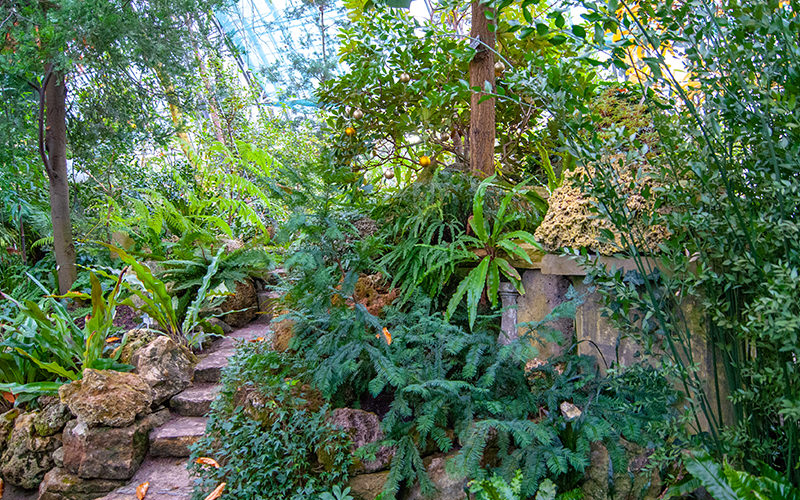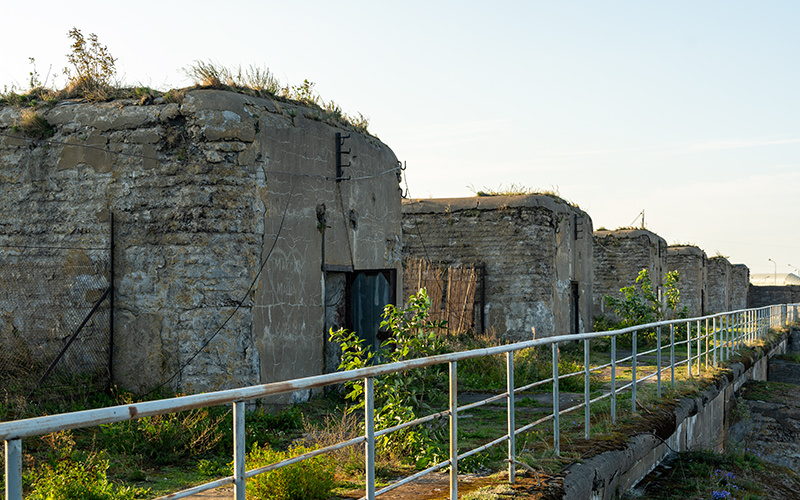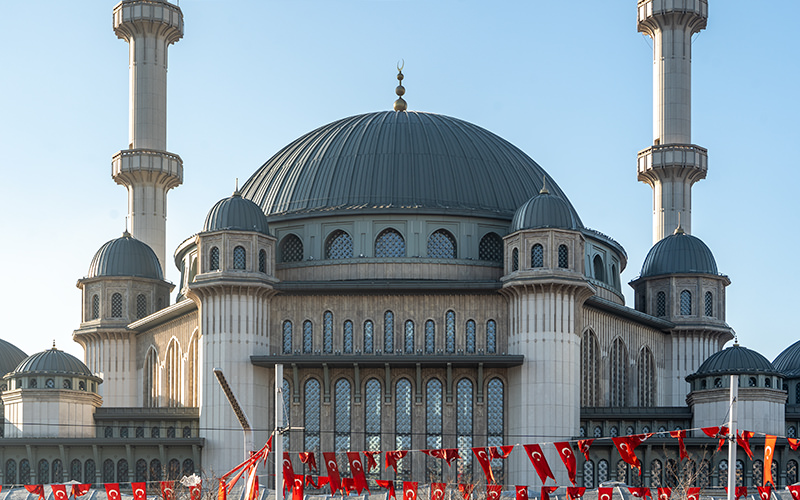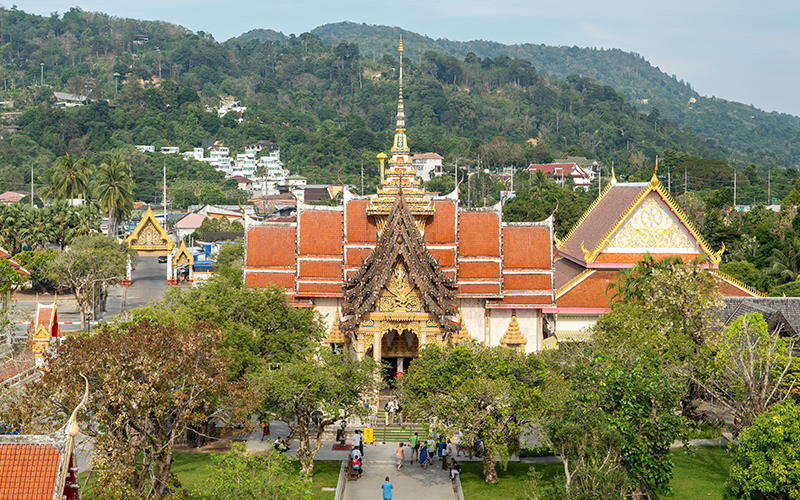One of the days during my trip to Thailand, I spent walking around the Old Town district in the southeastern part of Phuket. In my opinion, it’s far from the most fascinating area on the island, but if you’ve already explored the nearby islands and visited all the local beaches, then why not take a look at the sights in this part of Phuket?
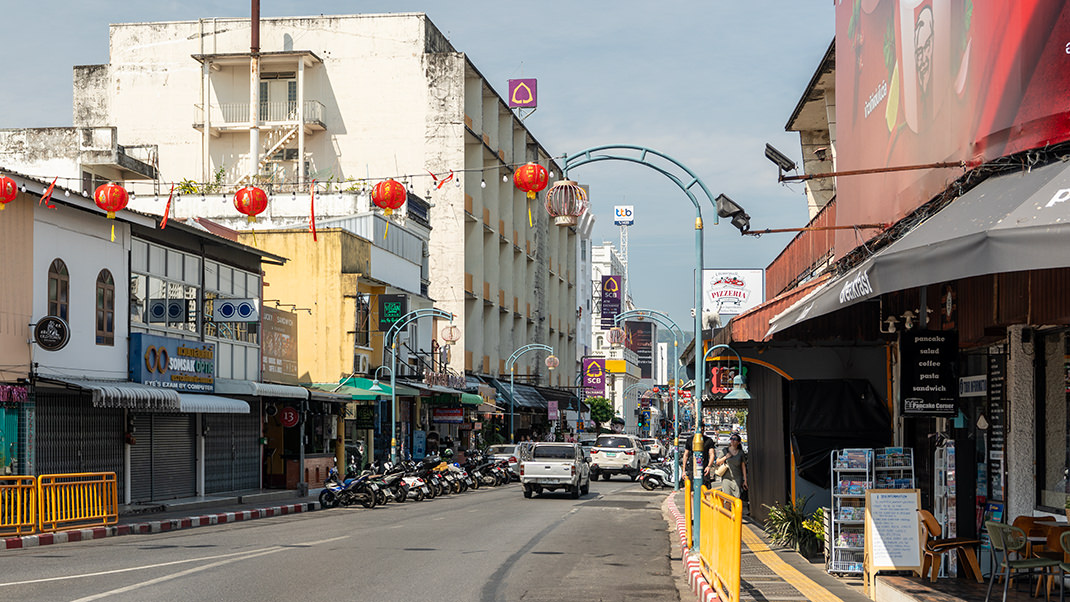
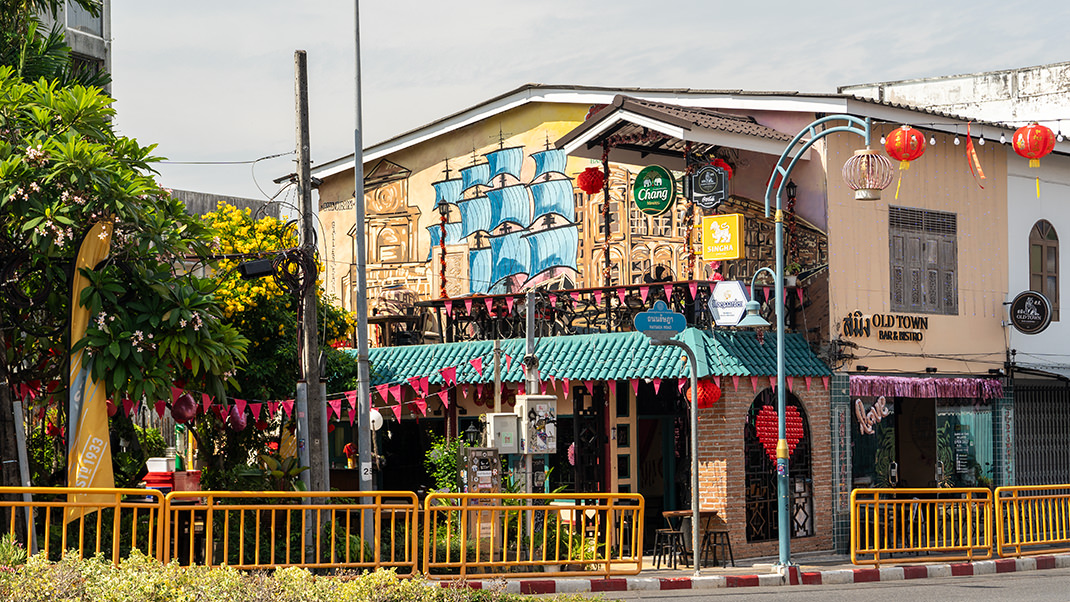
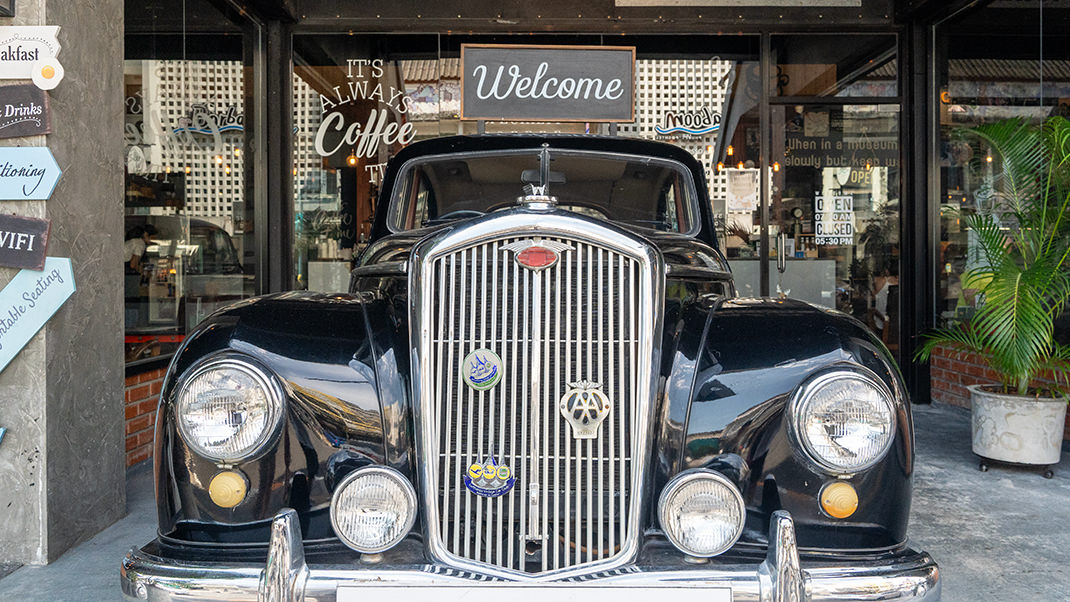
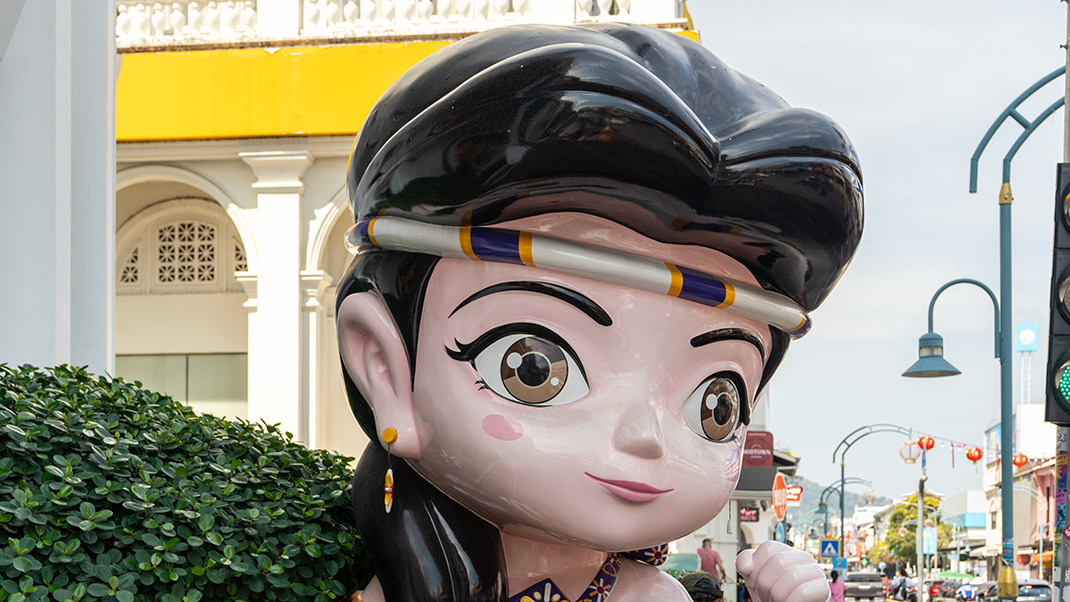
Phuket Old Town
The name "Phuket" refers both to the island in southwestern Thailand and to the city located on it. In the early 2010s, the island had a population of around 600,000 people, with roughly 100,000 living in the city.
Settlements are believed to have existed on Phuket as far back as the 1st century BCE. Over the centuries, the island became part of various states, and around the 16th century it was incorporated into the Thai kingdom of Ayutthaya. It was during that period that tin mining began here. After the 18th century, a large number of immigrants from China arrived, and today people of Chinese descent make up more than half the island’s population.
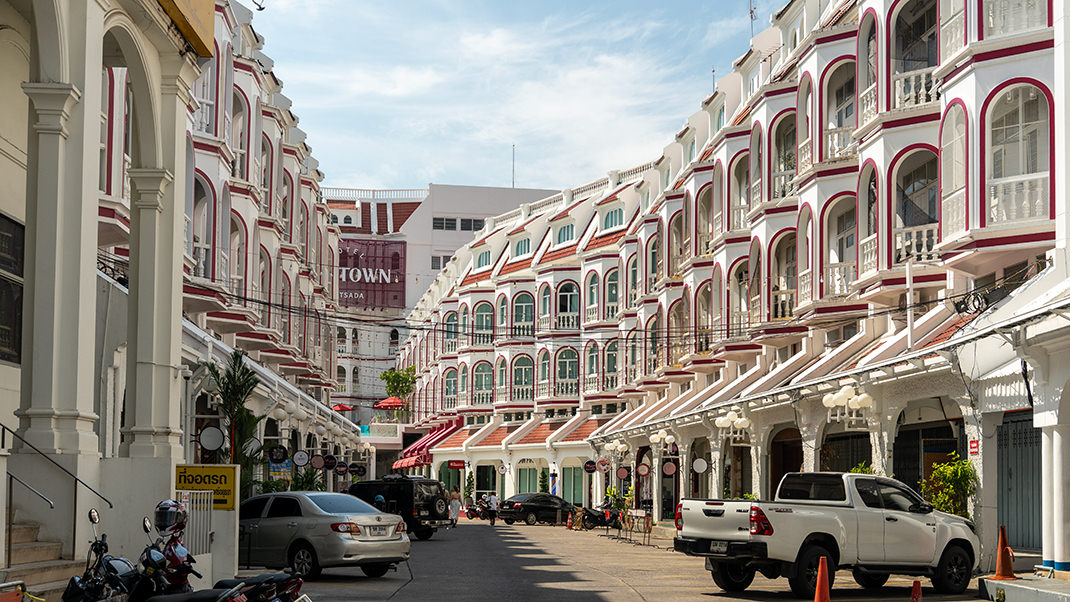
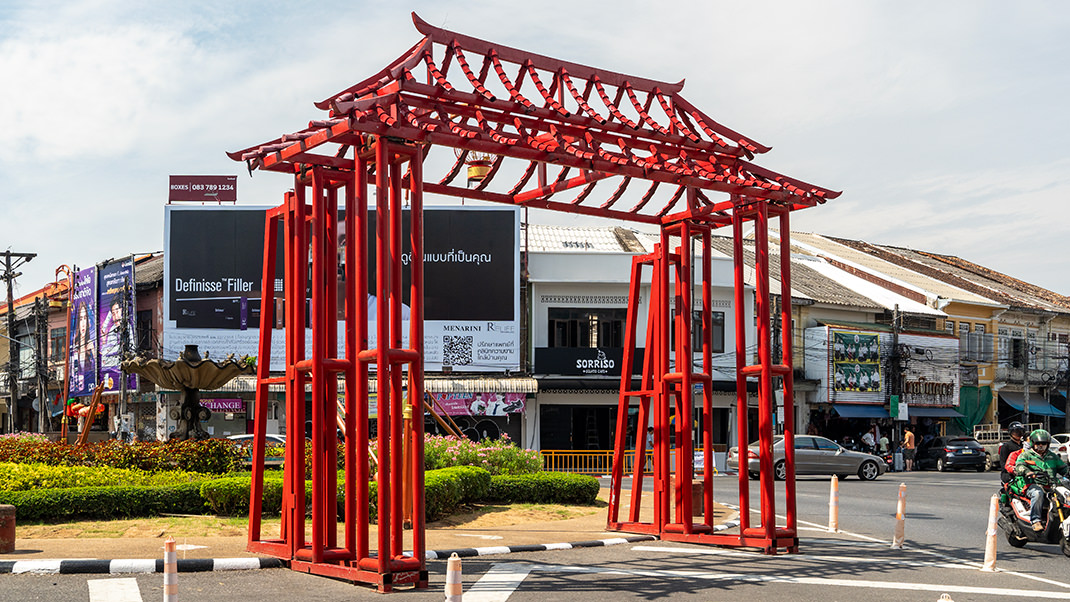
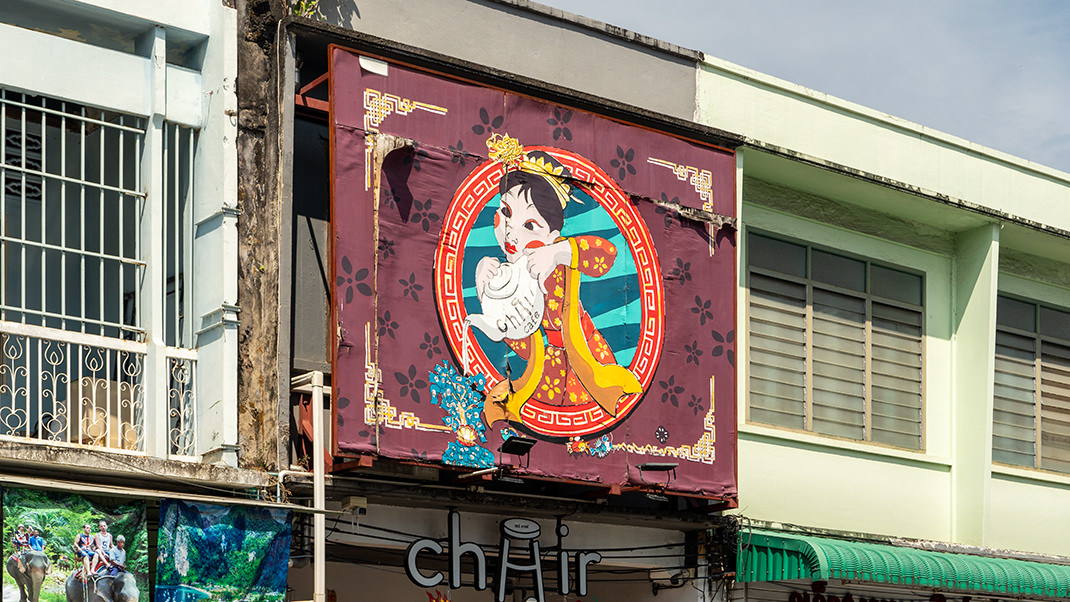
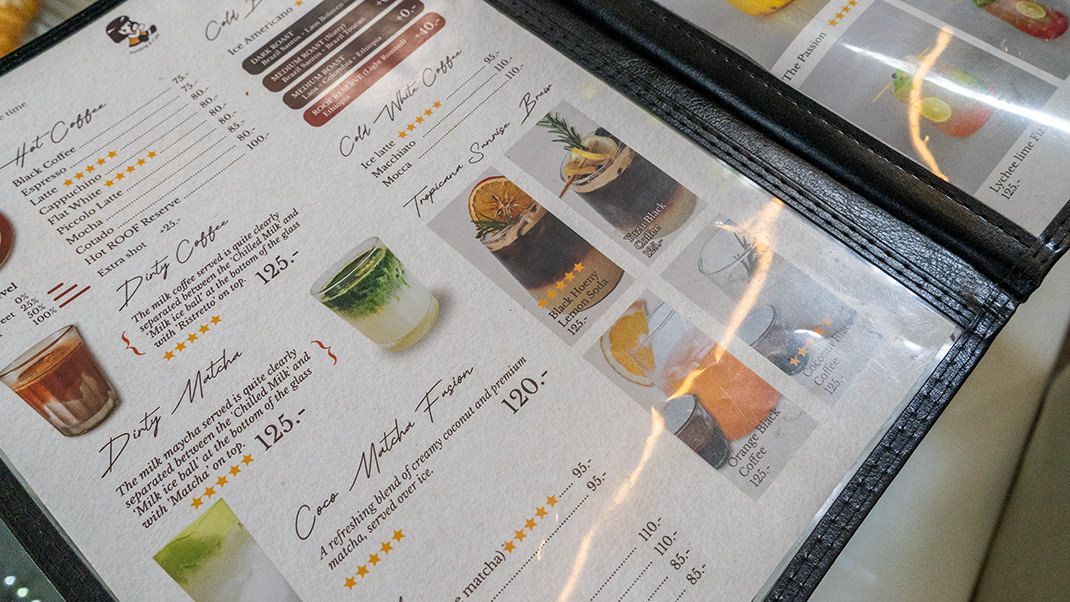
I found a "Phuket Old Town" label on an online map and decided to go for a walk there — I strolled around one of the central blocks. Along the route, I saw lots of restaurants, cafés, bakeries, and souvenir shops. Prices seemed higher here than in the outskirts of Phuket, but comparable to those in other large cities.
Not far from the Old Town is the Central Phuket Festival shopping mall, home to many international brand stores. On the top floor, there’s a food court with both restaurants and small food stalls. The prices at the stalls are nearly half of those in the restaurants.
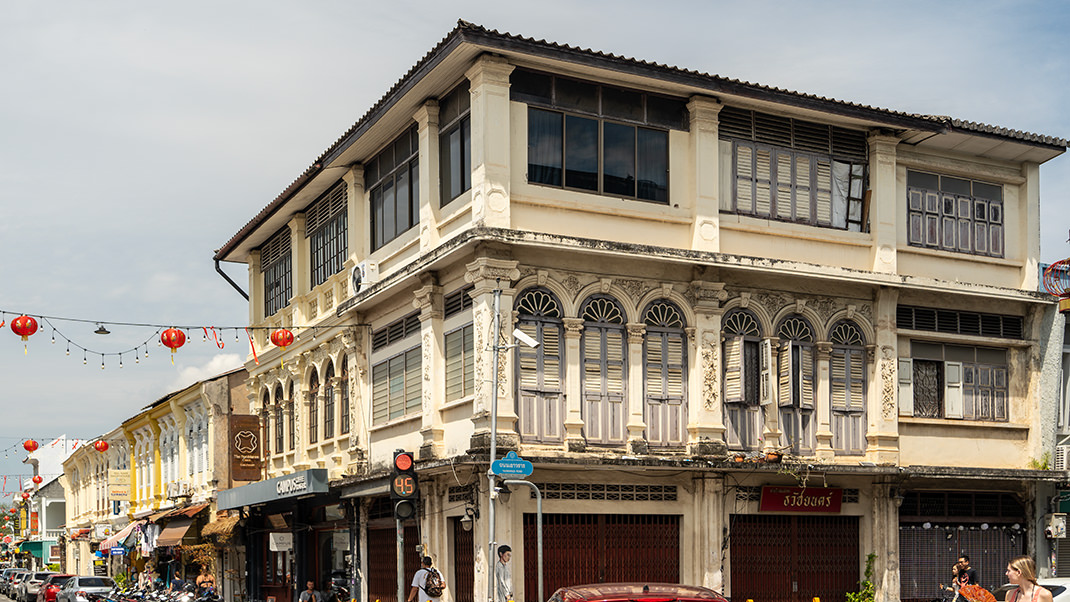
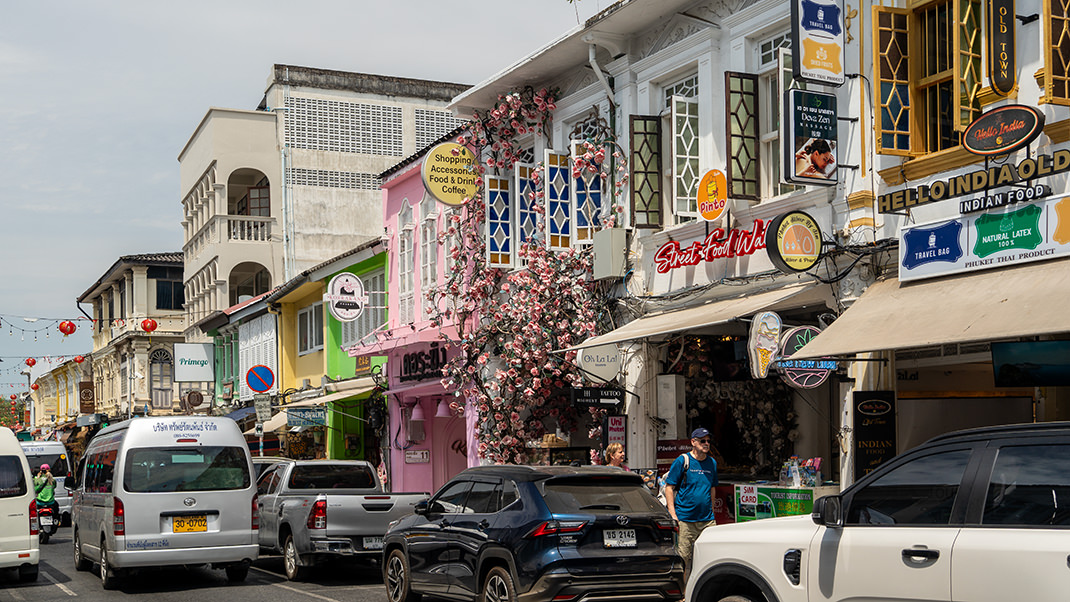
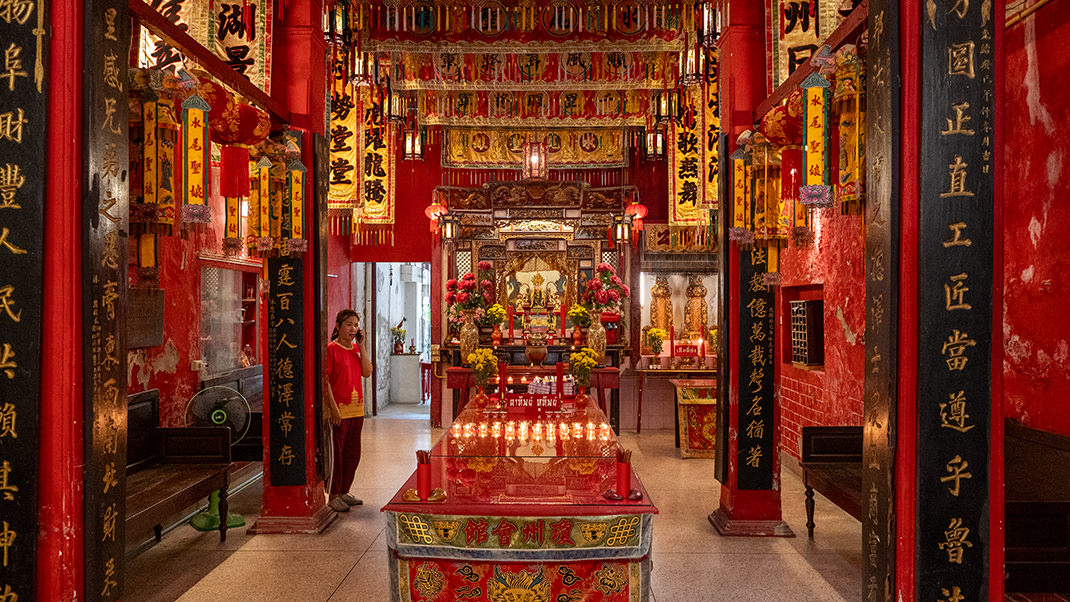
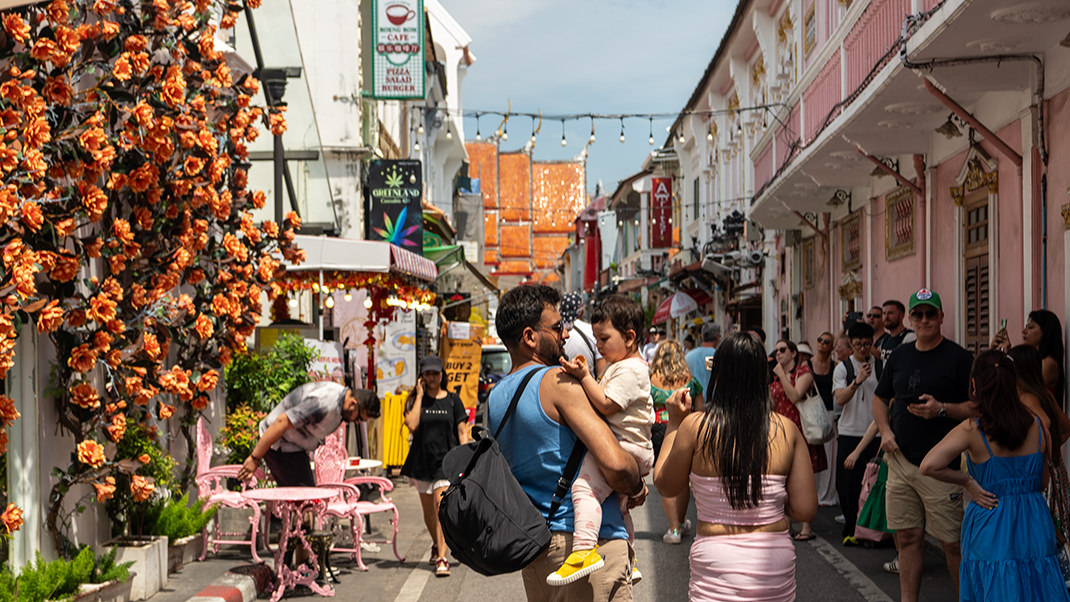
Online sources say that Phuket Old Town is known for its Portuguese colonial architecture — or Sino-Portuguese, as it’s sometimes called. While walking around, I noticed many colorful buildings with a variety of architectural elements.
Among the sights in Old Town, travelers often highlight a few museums, historical buildings, cafes, restaurants, and coffee shops. During my walk, I came across Wat Mongkolnimit Temple, but it was closed on the day of my visit — only the outer grounds were accessible.
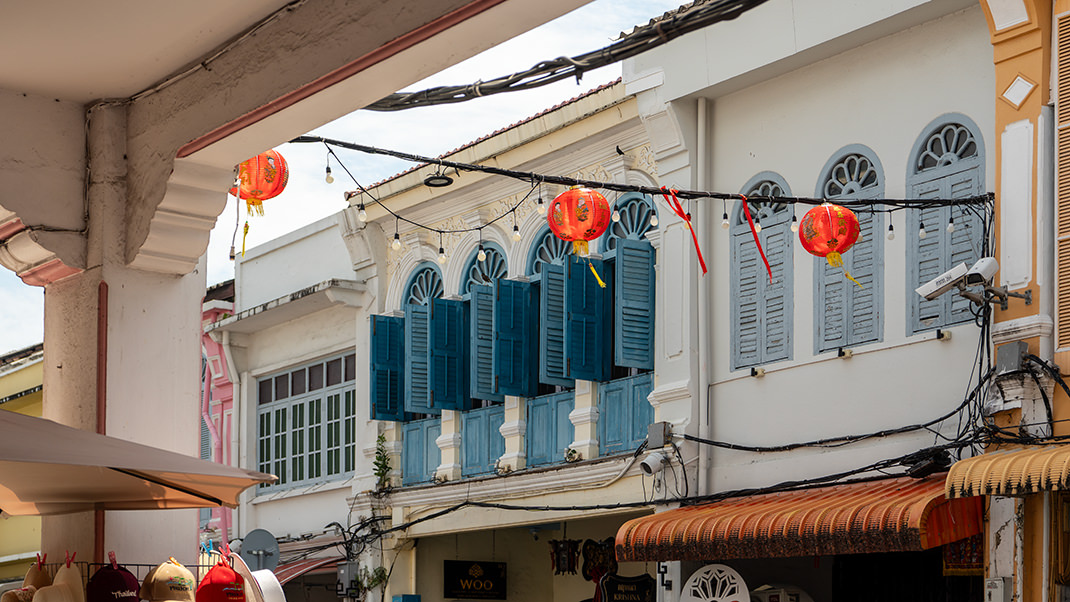
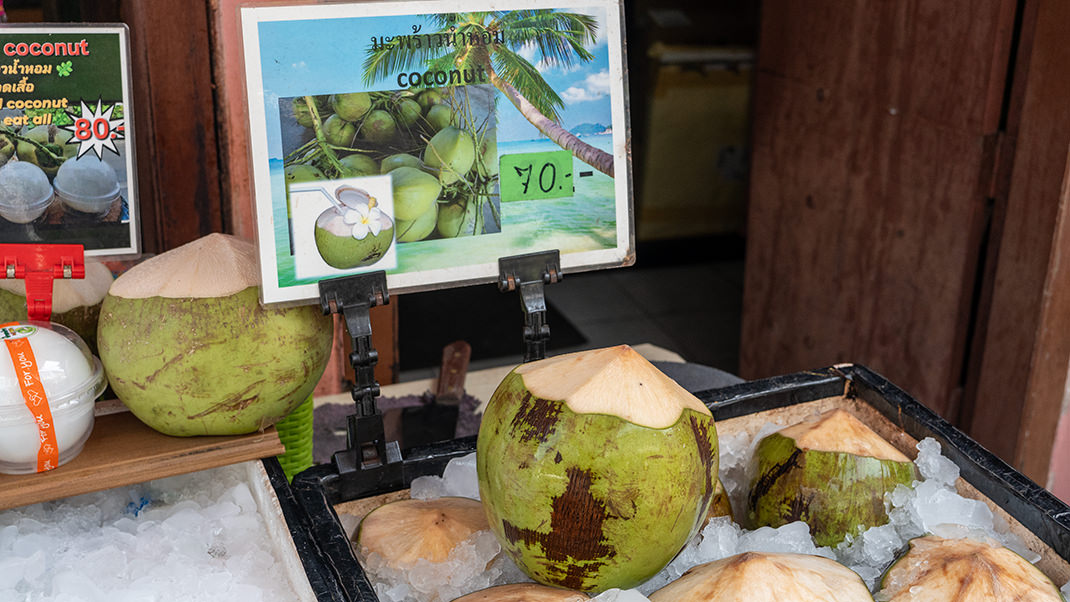
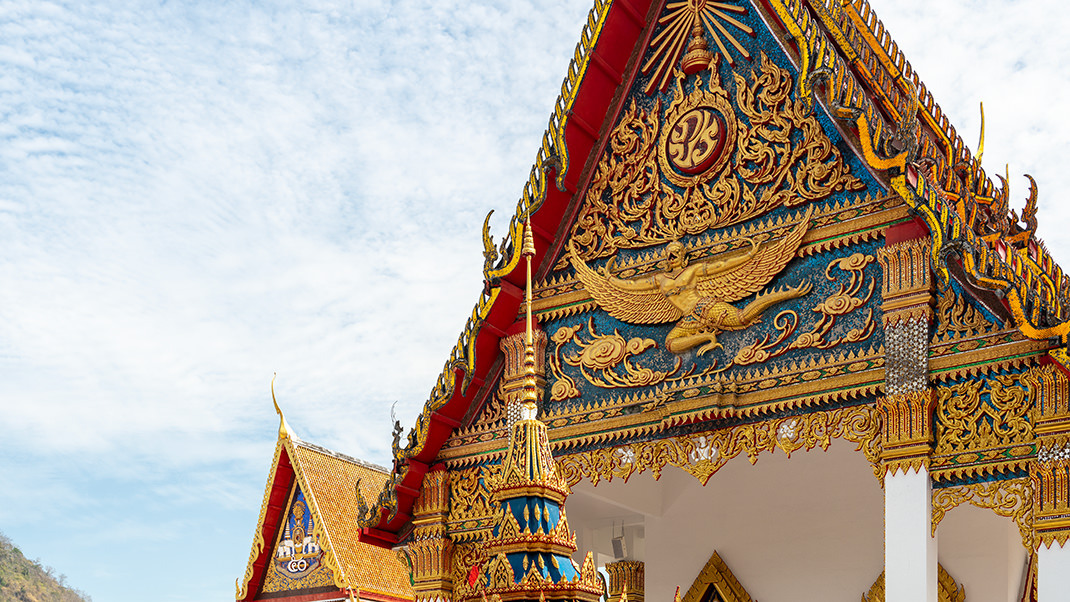
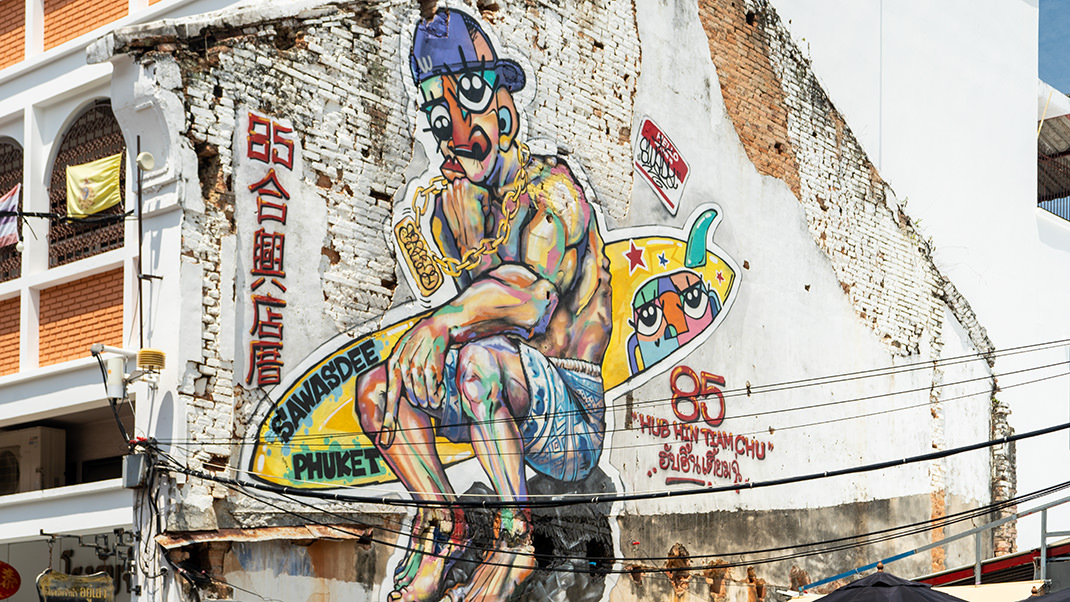
This concludes my story about visiting Phuket’s Old Town. In the next article, I’ll share my experience hiking up to the Big Buddha — one of the island’s most iconic landmarks. You can also explore other interesting places in Thailand in this special collection.
Have a nice trip!


